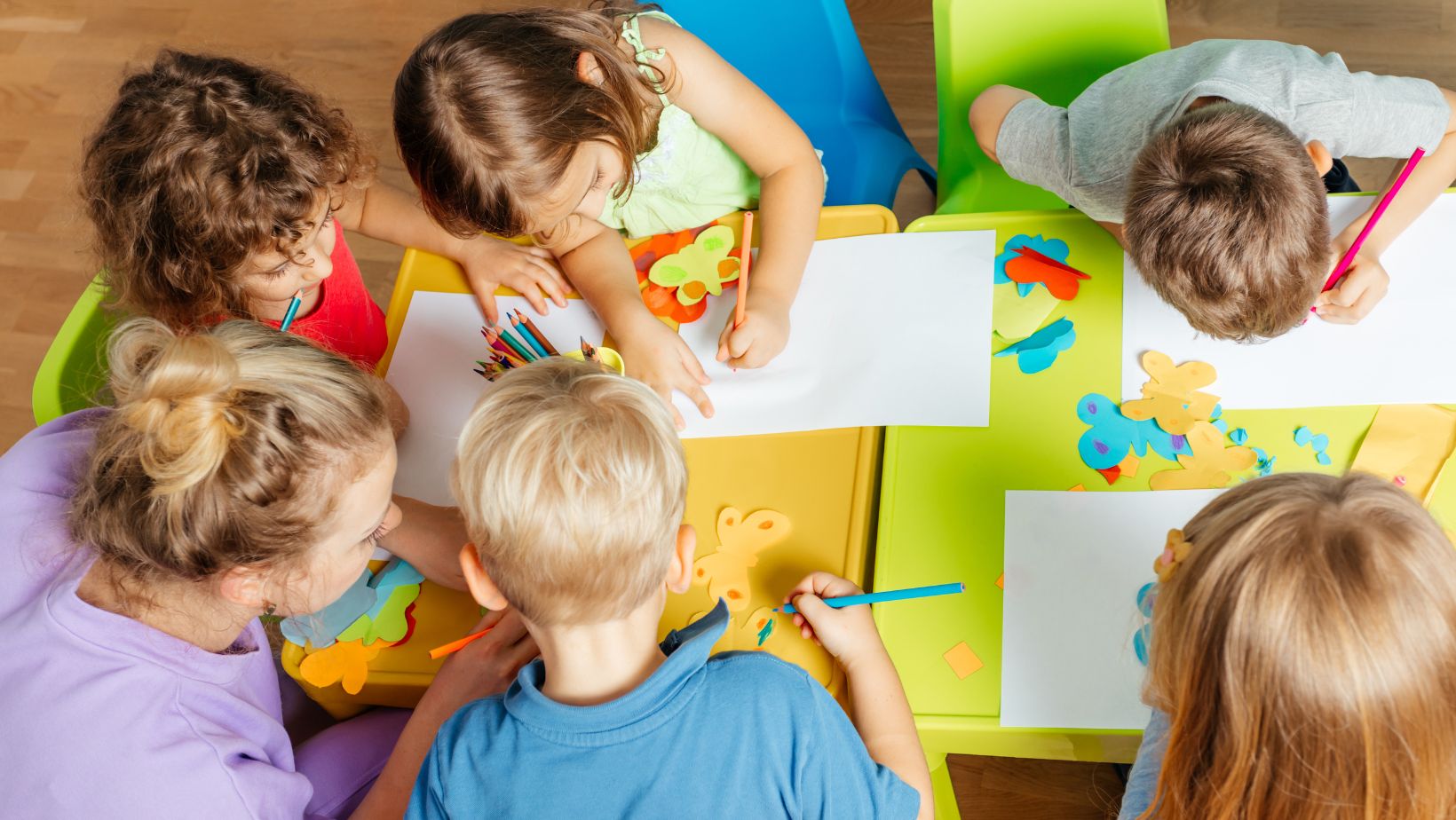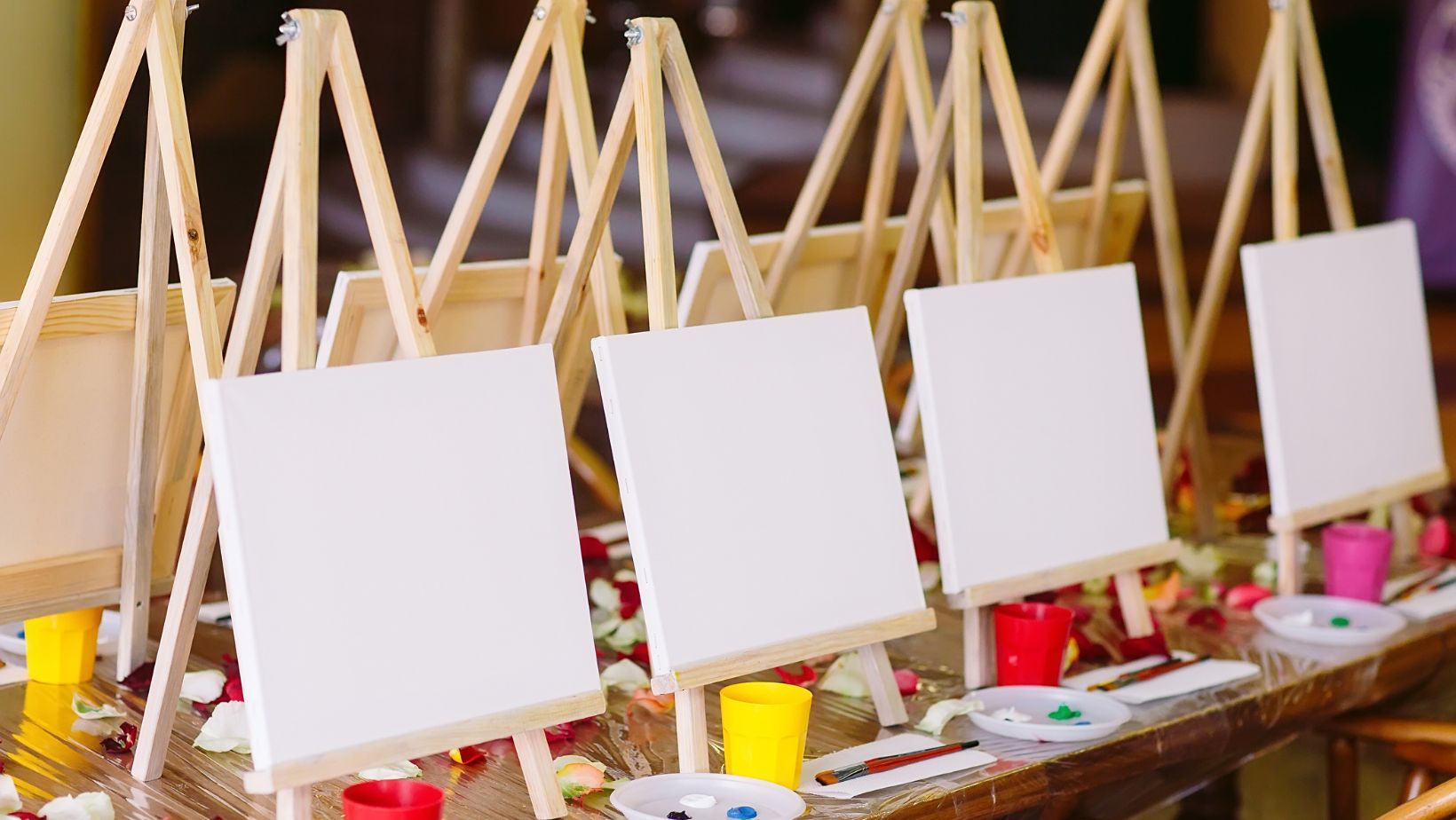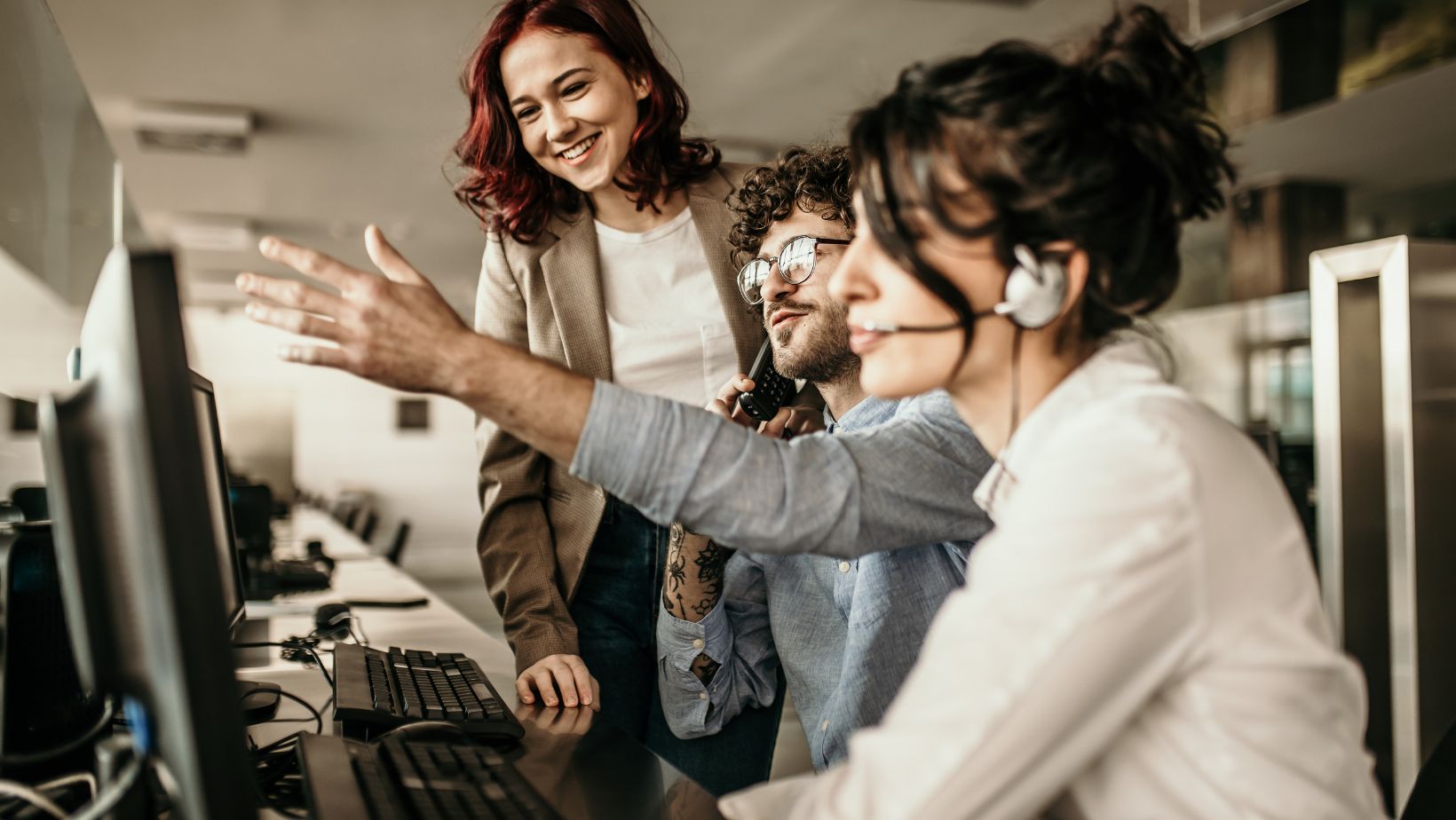In today’s rapidly changing world, the intersections of education, the arts, and community development are becoming increasingly prominent. These elements not only coexist but also enhance one another to create a more vibrant society. Understanding how they interact is crucial for anyone looking to make a difference in their community. You have the power to leverage these connections to create a more inclusive environment that fosters growth and innovation.
Education serves as the backbone of community development, providing individuals with the knowledge and skills they need to thrive as they read more. At the same time, the arts offer a unique platform for expression and creativity, allowing communities to share their stories and cultural heritage. When these two domains are combined, they can lead to transformative changes that uplift entire neighborhoods. By engaging in both education and the arts, you can help cultivate a sense of belonging and purpose among community members.
Moreover, the synergy between education and the arts can lead to innovative solutions for local challenges. For instance, art programs in schools can enhance students’ learning experiences while providing them with the tools for critical thinking and problem-solving. As you explore the rich tapestry of your community, consider how these elements can work together to empower individuals and foster sustainable development.
The Role of Education in Fostering Community Growth
Education plays a pivotal role in fostering community growth by equipping individuals with the skills and knowledge necessary for participation in various social, economic, and cultural activities. When you invest in education, you are investing in the future of your community. An educated populace is better positioned to contribute to local economies, engage in civic activities, and drive positive change.
Community education initiatives can take many forms, from adult learning programs to after-school tutoring. These programs not only provide essential skills but also encourage lifelong learning. As you think about ways to support education in your area, consider advocating for programs that address the specific needs of your community, whether that means language classes for immigrants or vocational training for unemployed residents.

Another crucial aspect of educational growth is fostering collaboration among local schools, businesses, and community organizations. By working together, these entities can create a more cohesive educational landscape. This collaboration can lead to internship opportunities, mentorship programs, and resource sharing. As you engage with local stakeholders, look for ways to build bridges that enhance educational access and efficacy.
How the Arts Contribute to Social Cohesion and Cultural Identity
The arts play a significant role in promoting social cohesion and cultural identity within communities. They serve as a medium for individuals to express their experiences, beliefs, and values, allowing for a deeper understanding and appreciation of diverse perspectives. When you support the arts, you are also supporting a platform for dialogue and connection among community members.
Artistic expressions, whether through visual arts, music, dance, or theater, can catalyze community engagement. They have the power to bring people together, breaking down barriers of age, race, and socioeconomic status. Participating in or supporting local art events can foster a sense of community pride and belonging. Consider attending local exhibitions or performances to strengthen your connection to the cultural fabric of your area.
Building Partnerships: Schools, Artists, and Community Organizations
Building partnerships among schools, artists, and community organizations is essential for creating sustainable programs that benefit everyone involved. Collaboration can lead to innovative solutions and resource sharing, ultimately enhancing the effectiveness of educational and artistic initiatives. As you think about ways to foster these relationships, consider your role in creating a supportive network.

One approach is to organize collaborative events that bring together different stakeholders. For example, hosting an arts festival that features student performances, local artists, and community organizations can create a vibrant atmosphere of collaboration. These events can serve as a platform for showcasing talent while also encouraging networking among participants. The connections formed during such gatherings can lead to future partnerships and initiatives that benefit the entire community.
Future Trends: Innovative Approaches to Community Development Through Education and the Arts
As you look toward the future, it is essential to stay informed about innovative approaches to community development through education and the arts. Technology is increasingly playing a role in these domains, providing new avenues for learning and creative expression. For instance, online platforms can connect artists and educators, facilitating collaboration across geographical boundaries.
Another trend is the growing emphasis on social justice and equity within arts and education initiatives. Communities are recognizing the importance of inclusivity and representation in artistic expression. As you engage in community development efforts, consider how you can advocate for programs that promote diversity and accessibility, ensuring that all voices are heard and valued.
Conclusion: Embracing the Transformative Power for a Brighter Future
In conclusion, the transformative power of education and the arts in community development is undeniable. As you engage with these elements, you play a crucial role in shaping the future of your community. By understanding their intersections and advocating for effective programs, you can help create a more vibrant, inclusive, and resilient society.




